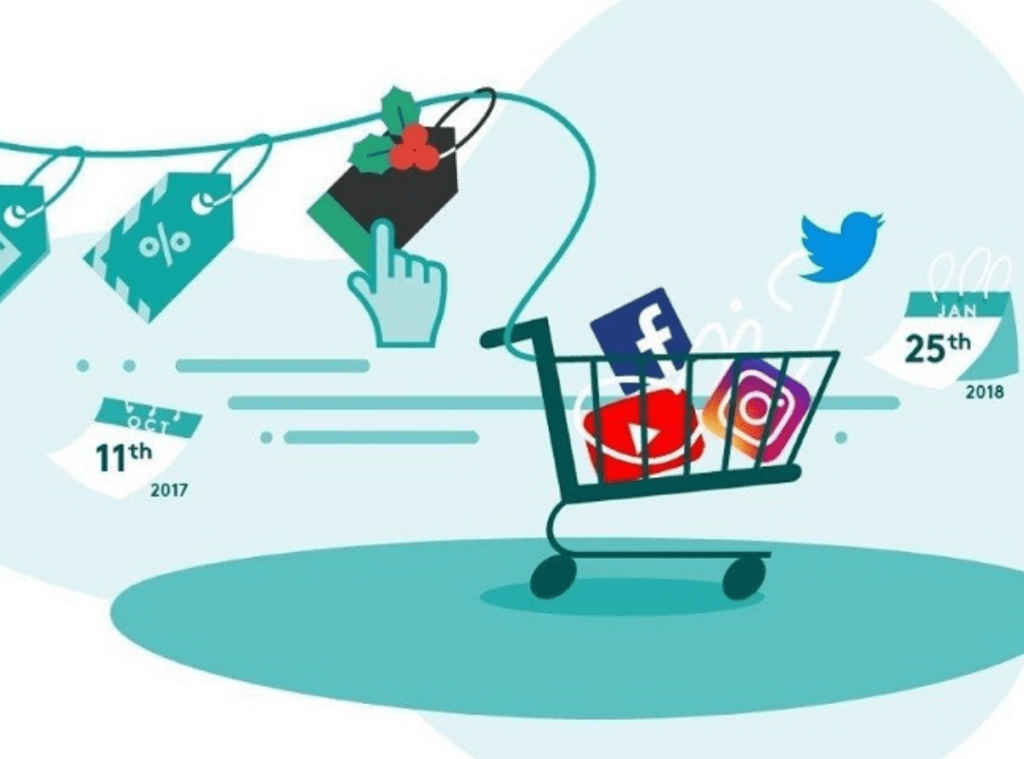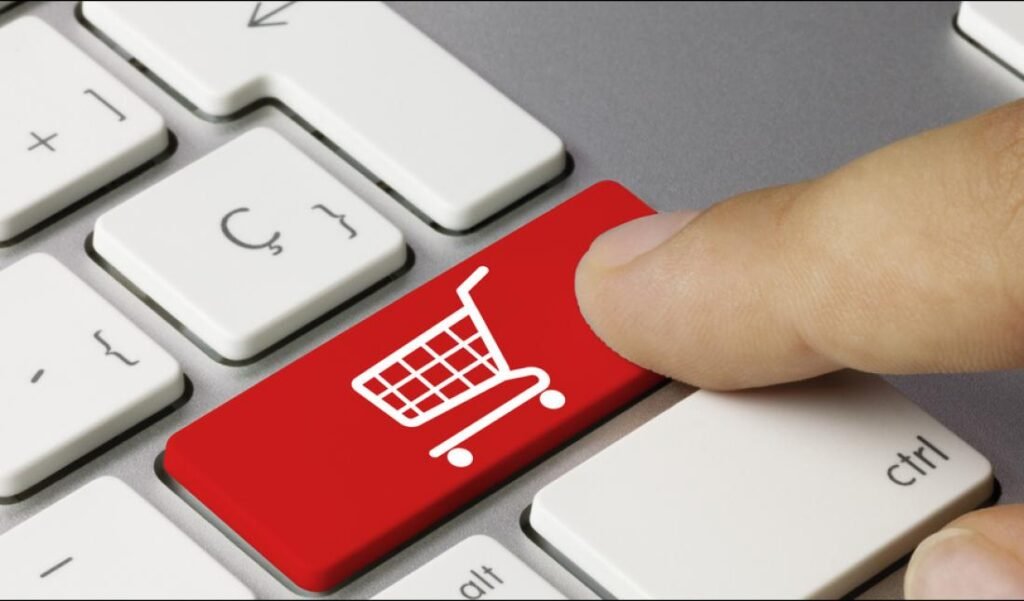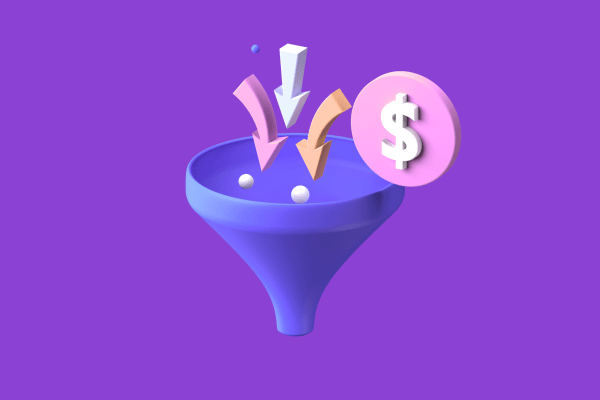A marketing funnel is a visual representation of the steps that a potential customer takes from the first acquaintance with the brand to the implementation of the target action. Usually, the funnel consists of four stages:
• Attention – a potential customer sees your ad, post on social networks, or feedback from a friend.
• Interest – he assumes that you can solve his problem and wants to know more.
• Desire – the prospect has done their research and wants the product.
• Action – he makes a purchase, signs up for a demo lesson, or performs any other activity.
A marketing funnel helps you understand how potential customers get to know your brand and make purchasing decisions.

With its help you can:
• Determine the target audience – who are your potential customers and what are their needs?
• Develop effective marketing campaigns – what communication channels will you use to attract the attention of your audience?
• Optimize the sales funnel – identify problem areas and increase conversion.
How to build a marketing funnel
To build a marketing funnel, you need to identify the target action you want your prospects to take. This can be a purchase, webinar registration, newsletter subscription, etc.
Then you need to identify the stages that potential customers go through from first encountering your brand to taking a targeted action. For example, if your target action is a purchase, the funnel stages might be:
• Visiting the site
• Adding the product to the cart
• Placing an order
• Order confirmation
Once you’ve identified the stages of the funnel, you can start tracking it. For this, you can use Google Analytics or other marketing tools.

How to use a marketing funnel
A marketing funnel is not just a visual representation, but a tool that can be used to improve the effectiveness of your marketing.
To use a marketing funnel, you need to:
• Get data about the behavior of potential customers – what pages do they visit, what actions do they take?
• Analyze data – at which stage of the funnel do you have the biggest losses?
• Implement changes – improve content, marketing campaigns or other aspects of your business to increase conversions.

Examples of marketing funnels
Here are some examples of marketing funnels for different types of businesses:
• Funnel for a SaaS company
Target action: Subscription to the paid version of the product
Stages:
* Visiting the site
* Download the trial version of the product
* Use of the product
* Switching to the paid version
• Funnel for an online store
Target action: purchase
Stages:
* Visiting the site
* Browse products
* Adding products to the cart
* Placing an order
* Order confirmation
A marketing funnel is a powerful tool that can help you understand how potential customers make purchasing decisions. By using a marketing funnel, you can increase the effectiveness of your marketing and increase conversion.

